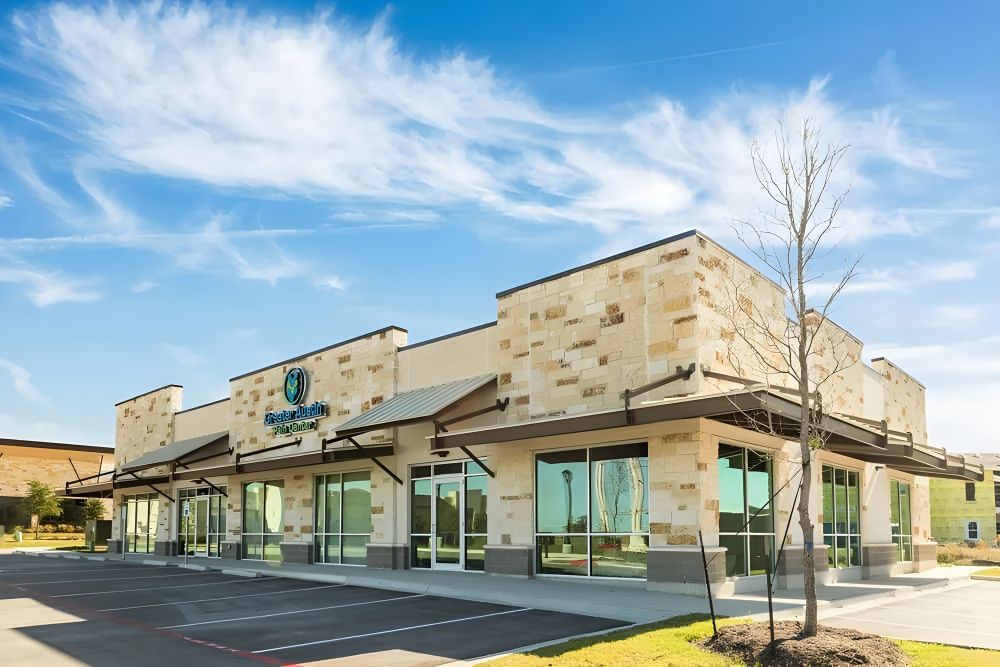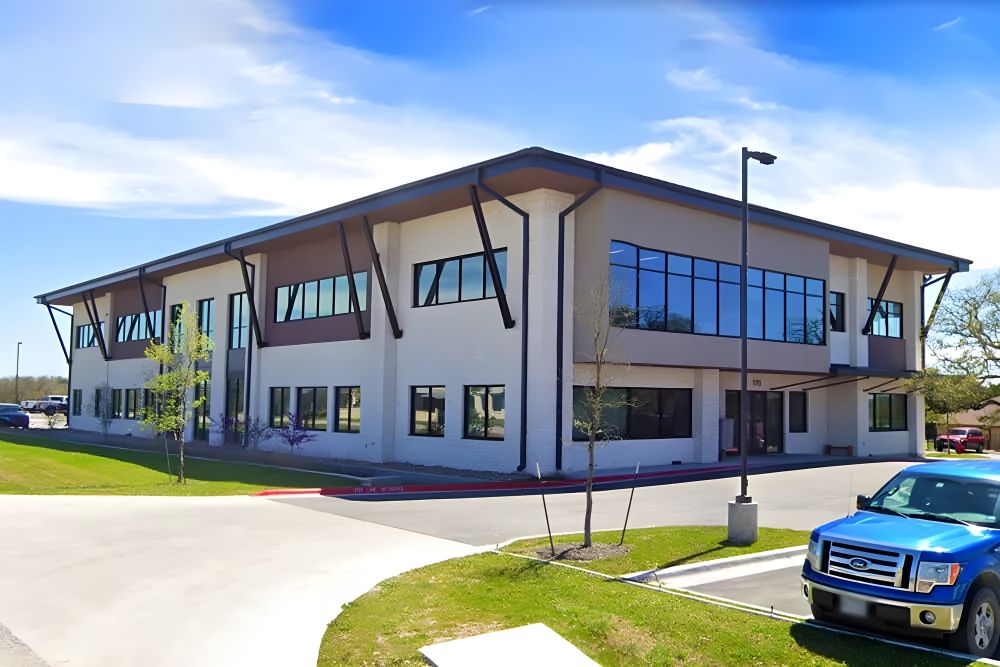RFA vs BVN Ablation: How Advanced Nerve Treatments Stop Back Pain at the Source
October 24, 2025
.png)
Chronic back pain can dramatically impact your daily life, making simple activities like sitting, standing, or walking difficult. Many patients try conservative treatments like physical therapy, medications, or lifestyle adjustments but still struggle to find relief. For those individuals, advanced nerve-targeting procedures like radiofrequency ablation (RFA) and basivertebral nerve (BVN) ablation offer safe, minimally invasive solutions that address pain at its source.
At Greater Austin Pain Center, our team specializes in minimally invasive pain procedures that help patients regain mobility, reduce reliance on medications, and improve overall quality of life. Understanding how these procedures work, what to expect, and their success rates can help patients make informed decisions about their care.
What Is Radiofrequency Ablation (RFA)?
Radiofrequency ablation (RFA) is a minimally invasive procedure designed to relieve chronic pain by disabling overactive nerves that transmit pain signals to the brain. RFA is commonly recommended for:
- Chronic back pain originating from facet joints
- Neck pain caused by spinal joint irritation
- Arthritis-related spinal joint pain
How RFA Works
During the procedure:
- A small needle is inserted near the targeted nerve under fluoroscopic (X-ray) or ultrasound guidance.
- Radiofrequency energy generates controlled heat that temporarily or permanently interrupts the nerve’s ability to transmit pain signals.
- Surrounding tissues remain largely unaffected, which makes the procedure highly precise and minimally invasive.
RFA is typically performed on an outpatient basis, often taking less than an hour, and most patients return home the same day. Many patients notice gradual pain relief within days to weeks as the nerve becomes desensitized.
What Is Basivertebral Nerve (BVN) Ablation?
While RFA targets facet joint nerves, BVN ablation focuses on pain that originates inside the vertebrae themselves. This treatment is often used for patients with chronic vertebrogenic back pain associated with degenerative disc disease or vertebral Modic changes seen on MRI scans.
How BVN Ablation Works
- A small probe is inserted into the vertebral body under imaging guidance.
- Radiofrequency energy is delivered to the basivertebral nerve, which transmits pain signals from the vertebrae.
- The targeted nerve is desensitized, significantly reducing pain while leaving surrounding tissues unaffected.
BVN ablation is also an outpatient procedure, and many patients experience long-lasting relief that may extend 12–24 months or longer.
RFA vs BVN Ablation: Understanding the Differences
| Feature | RFA (Radiofrequency Ablation) | BVN Ablation |
|---|---|---|
| Target Nerve | Facet joint nerves | Basivertebral nerves inside vertebrae |
| Typical Use | Facet-mediated neck or back pain | Chronic vertebrogenic low back pain |
| Procedure Duration | 30–60 minutes | 45–60 minutes |
| Recovery | Minimal, outpatient | Minimal, outpatient |
| Pain Relief Duration | 6–12 months on average | 12–24 months or longer |
| Repeatable | Yes | Yes, if necessary |
| Imaging Guidance | Fluoroscopy or ultrasound | Fluoroscopy or CT |
Effectiveness and Success Rates
Radiofrequency Ablation (RFA)
- Studies show 50–80% of patients experience significant pain relief.
- Relief typically lasts 6–12 months, though some patients may benefit for longer.
- RFA can be repeated safely if pain returns, allowing ongoing management of chronic conditions.
Basivertebral Nerve (BVN) Ablation
- Clinical trials indicate up to 75–85% of patients report meaningful pain reduction.
- Relief often lasts 12–24 months or longer, providing sustained functional improvement.
- Patients frequently experience improvements in mobility and quality of life alongside pain relief.
Both procedures are considered safe and highly effective, particularly when performed by experienced, board-certified pain specialists in an outpatient pain clinic.
Who Is a Candidate?
Candidates for RFA or BVN ablation typically include:
- Patients with chronic back or neck pain that hasn’t improved with conservative treatments
- Individuals with imaging evidence of facet joint degeneration (for RFA) or vertebral Modic changes (for BVN ablation)
- Patients looking for minimally invasive alternatives to surgery
- Individuals who wish to reduce dependence on pain medications, including opioids
At Greater Austin Pain Center, our specialists conduct thorough evaluations, including reviewing your medical history, imaging studies, and previous treatments, to ensure you are an appropriate candidate.
Benefits of Minimally Invasive Nerve Ablation
RFA and BVN ablation share several benefits that make them appealing alternatives to surgery or long-term medication use:
- Outpatient procedures: No hospital stay required
- Minimal downtime: Most patients return to daily activities within a few days
- Targeted treatment: Addresses the source of pain rather than just masking symptoms
- Reduced medication reliance: Many patients can reduce or eliminate opioid or anti-inflammatory medications
- Repeatable if necessary: Both procedures can be safely repeated if pain returns
For patients looking to maintain an active lifestyle while managing chronic pain, these procedures offer a safe and effective path forward.
What to Expect During the Procedure
Both RFA and BVN ablation are performed in a state-of-the-art outpatient setting:
- Local Anesthesia: The area is numbed to ensure comfort.
- Imaging Guidance: Needles or probes are placed with precision using fluoroscopy, ultrasound, or CT imaging.
- Radiofrequency Energy Delivery: The targeted nerve is desensitized using controlled heat.
- Recovery and Aftercare: Patients rest briefly before going home the same day. Full benefits are typically felt over 1–3 months.
Patients often report minimal discomfort during and after the procedure, and most can resume work and daily activities within a few days.
Why Choosing the Right Clinic Matters
The safety and success of these procedures depend heavily on the experience of your provider and the quality of the clinic. At Greater Austin Pain Center, we:
- Maintain strict infection control protocols
- Use state-of-the-art imaging technology for precision and safety
- Customize treatment plans to each patient’s condition and goals
- Monitor patient outcomes to ensure long-term effectiveness
Our four locations in Austin, Kyle, San Marcos, and Dripping Springs makes accessing expert care convenient for Central Texas patients.
Take Control of Your Pain
Advanced nerve procedures like RFA and BVN ablation are safe, minimally invasive, and effective for chronic back and neck pain. By targeting the nerves responsible for pain, these treatments help restore mobility, reduce reliance on medications, and improve overall quality of life.
At Greater Austin Pain Center, our specialists will guide you through the entire process, from evaluation to recovery, ensuring your care is safe, personalized, and effective.
Schedule your consultation today at one of our convenient locations in Austin, Kyle, San Marcos, or Dripping Springs. Together, we can find safer, more effective solutions for lasting pain relief.

















